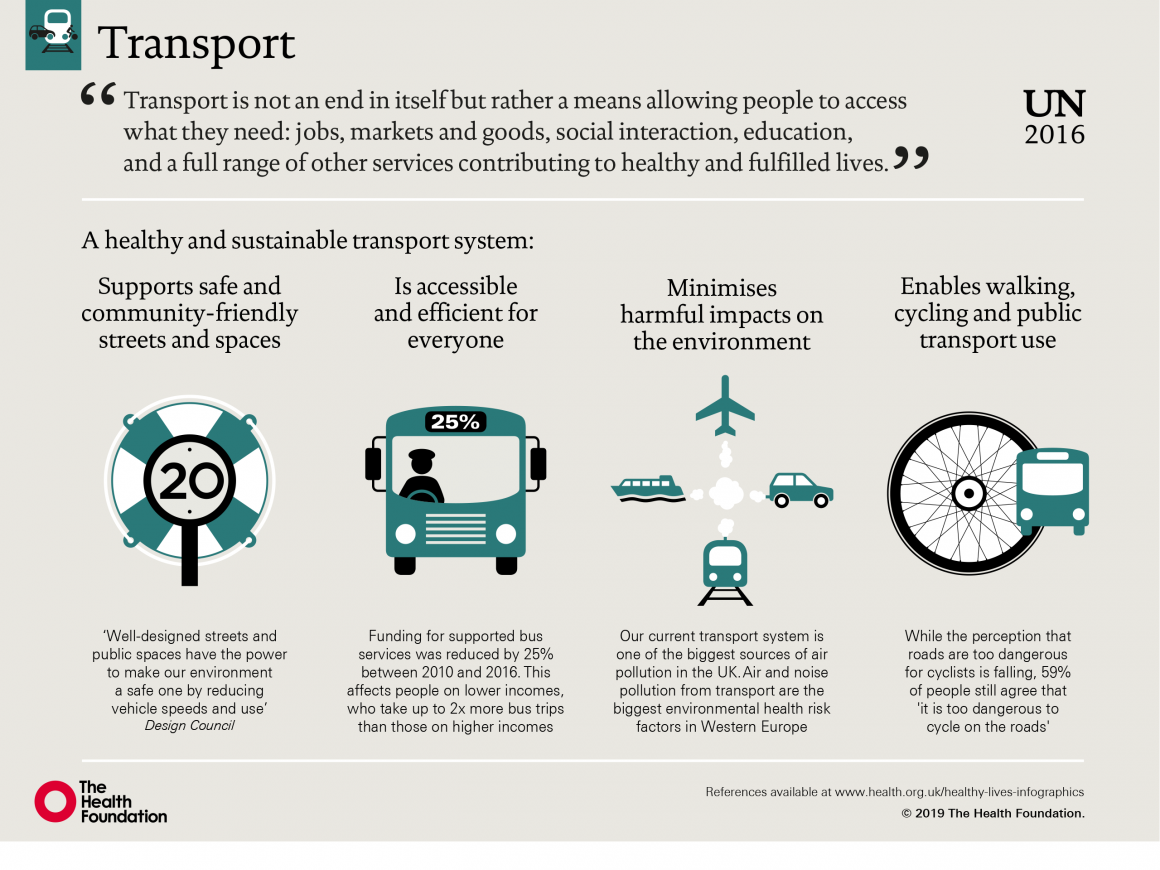Could The Abdominal Discomfort You Experience After Eating Be Connected To A Hernia? Discover The Signs And Effective Methods To Manage It For Relief

Authored By-Falk Boyer
If you have actually experienced stomach hernia pain after eating, you're not alone. This pain typically arises from the pressure on a damaged area of your abdominal wall throughout digestion. You could discover sharp or aching pain, bloating, and even a noticeable bulge. But what can you do to take care of these signs and symptoms? Comprehending the connection in between hernias and post-meal pain is the initial step towards finding relief. Let's discover this additionally.
Comprehending the Web Link Between Hernias and Post-Meal Discomfort
When you eat, your body goes through an intricate process of digestion that can in some cases trigger discomfort if you have a hernia. This takes place because a hernia occurs when an organ or tissue protrudes via a weak spot in the stomach wall surface.
As food steps via your gastrointestinal tract, it may tax this damaged area. Do Muscle Relaxers Help Hernia Pain may feel pain or discomfort, specifically after taking in bigger dishes or certain foods that cause bloating.
Furthermore, the movement of your intestines throughout digestion can intensify the hernia, causing extra extreme sensations. Comprehending this link is critical, as it assists you determine potential triggers and make dietary modifications to handle pain properly.
Keeping an eye on what you consume can supply useful understandings.
Common Signs of hernia Pain After Eating
If you have a hernia, you might discover specific signs after consuming that signal discomfort. Generally, you might experience sharp or aching pain in your abdominal area, especially around the hernia site. This pain can escalate after meals, particularly if you have actually eaten a big section or hefty foods.
Bloating and gas are additionally regular issues, making you really feel uncomfortably full. You might also observe a noticeable lump in your abdomen that ends up being much more pronounced post-eating.
Queasiness and occasional throwing up can happen, especially if the hernia is causing a blockage. If you find yourself experiencing these signs and symptoms constantly after dishes, it's important to consult a medical care expert for correct analysis and recommendations.
Methods for Handling hernia Pain After Meals
To handle hernia discomfort after meals properly, consider making some nutritional and way of life modifications.
Begin by eating smaller sized, more constant dishes instead of big sections, which can decrease pressure on your abdominal area. find more information on low-fat, high-fiber foods to ease digestion. Avoid spicy, acidic, or fried foods that might set off pain.
Additionally, keep a healthy weight to decrease strain on your abdominal wall.
After consuming, attempt to continue to be upright for at least 2 hours to help digestion; this can aid stop pain. Gentle activities like walking can likewise promote digestion, yet avoid extreme workout right away after dishes.
Remaining moisturized is important-- beverage a lot of water throughout the day to support gastrointestinal health and wellness and total wellness.
Conclusion
In conclusion, if you're experiencing stomach hernia pain after consuming, it's important to recognize the connection in between your diet plan and your signs and symptoms. By embracing smaller, a lot more regular dishes and staying clear of trigger foods, you can dramatically lower pain. Staying upright and interesting in light activity post-meal can additionally aid. Do not think twice to consult a health care specialist if your signs and symptoms linger. Taking these actions can boost your comfort and improve your general well-being.

